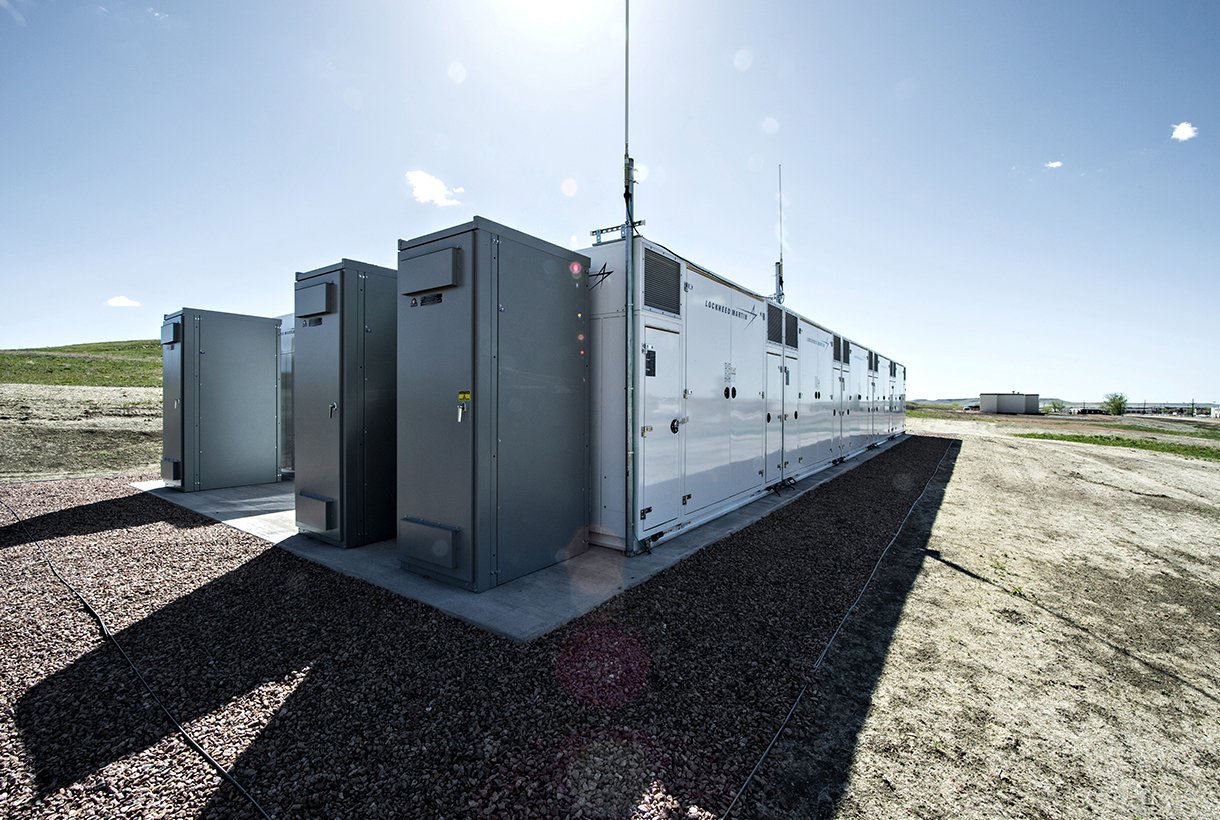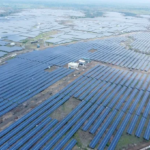

As the world accelerates its transition to renewable energy, one of the biggest challenges remains:
“How to store solar power efficiently for use when the sun isn’t shining?”
Solar energy is abundant and clean, but it isn’t always available. Battery storage systems are becoming essential to keep the power supply stable, secure, and available at all times.
The Growing Need for Energy Storage
India, as one of the fastest-growing solar markets in the world, is witnessing an unprecedented rise in solar power installations. However, without proper storage solutions, a significant portion of this energy potential remains underutilized.
By 2030, India aims to have 500 GW of non-fossil fuel energy capacity, but achieving this milestone requires large-scale energy storage integration.
Lithium-ion batteries are leading the way in solving solar energy gaps by storing excess power during sunny hours and releasing it when needed.
In addition to lithium-ion, researchers and industry leaders are also looking into alternative solutions such as hydrogen storage and advanced flow batteries to enhance long-duration energy storage capabilities.
Industry Leaders Weigh In
Key figures in India’s renewable energy sector are emphasizing the urgent need for energy storage adoption:
Rohit Tiwari, CEO of Insolation Energy, recently stated that “without large-scale storage deployment, India’s solar ambitions will face significant roadblocks.”
Similarly, Rajeev Suri, CEO of Oorja Energy, has called for greater investments in domestic battery manufacturing to reduce dependence on imports and improve energy resilience.
Beyond the private sector, government agencies are also taking note. The Ministry of New and Renewable Energy (MNRE) is actively working on policies to promote energy storage technologies alongside solar expansion. The focus is on building a robust energy storage infrastructure to support the country’s ambitious renewable energy goals.
Key Discussions at Industry Summits
The urgency of energy storage integration was a major theme at the India Energy Storage Alliance (IESA) Conference 2025, where top energy experts and policymakers called to discuss the future of solar and storage. Discussions revolved around:
- Scaling Up Lithium-Ion Battery Production: India is pushing for increased domestic battery production to reduce reliance on imports and lower costs.
- Hydrogen as a Storage Solution: Green hydrogen is gaining traction as a long-term energy storage alternative, offering the potential for industrial applications and grid balancing.
- Grid Stability and Energy Security: Experts highlighted the role of battery storage in mitigating fluctuations in solar generation and ensuring grid reliability.
- Policy and Investment Roadmaps: The government is considering new subsidies and incentives for energy storage projects to accelerate deployment.
One of the most significant takeaways from the conference was the announcement of a $3 billion investment in battery storage infrastructure, backed by both government and private sector players. This investment aims to support utility-scale energy storage projects, helping bridge the gap between solar production and consumption.
The Future of Solar Energy
The future of solar energy is linked to the advancement of energy storage solutions. Without reliable storage, solar power remains an intermittent resource rather than a full-fledged alternative to conventional energy. The coming years will see increased innovation, policy support, and large-scale investments to ensure that solar energy is available 24/7, making it a truly sustainable power source for the future.
As India moves closer to its net-zero emissions target, the integration of advanced battery technologies, hydrogen storage, and intelligent grid solutions will play a defining role in shaping a clean energy landscape. The momentum is building, and energy storage is no longer an option, it is a necessity.
Know more about the future of solar here.

